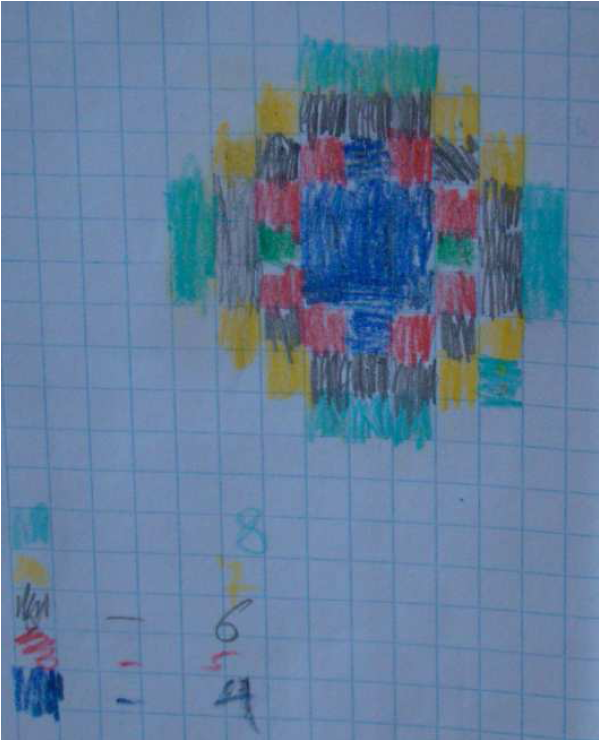That is my philosophy of children mathematical education.
|
|
This philosophy is presented in my article where
several examples are given. Present moment I am preparing a book with many other examples, i.e. with symplifications of serious math. models I have tried multiple times during my classes with primary school pupils.
|
|
Mathematicians, like physicists, are pushed by a strong fascination. Research in mathematics is hard, it is intellectually painful even
if it is rewarding, and you wouldnt do it without some strong urge.
[D. Ruelle]. We shall give some examples from our experience, when
we were able to simplify some serious mathematical models to make
them understandable by children, preserving both aesthetic and in-
tellectual value. The latter is in particularly measured by whether a
given simplification allows setting a sufficient list of problems feasible
for school students.
|
|
Nowadays, it is thought of importance to introduce current scientific achievements to children by telling them of the black holes or
demonstrating some impressive chemical experiments. Can this approach however satisfy us? A. Zvonkin in his acclaimed work [J.Math.
Behaviour, 1992] on early child development translates Poincares theory on the role of subconscious into a practical recommendation: questions
are more important than answers. He depicted an experiment
that targeted to find out whether it is using attractive materials that
engaged children in his lessons or the lessons per se. Then I say, All
right, I have to finish the lesson, but you may play with mosaic. My
words are met with an unanimous yell of indignation, No-o, we want
a problem!. Thats how I understood what the truth was. Children
need intellectual/aesthetical pleasure of full value. If one of the halves
is absent, the full value is lost, together with the festive feeling. Thus,
if you agree with Poincares theory on the role of subconscious work
[Science and Method, 1908], you would agree that preparing a model
accompanied by a questionnaire for children will further help them to
do research on a higher qualitative level.
|
|
mathematical scientific community needs for a significant volume of the internally generated educational product for pre-college students. Really, studies
that are set up for pupils by an active researcher, as a rule, contribute to development of skills essential for successful research activities. Unfortunately,
this aspect is excluded from school curriculum scope. Systematical work in
this direction is only possible in case when an actively working mathematician has a part of his working time (say 30 percents) solely dedicated to this
research.
|
|
Many of us introduce our own children to this research, and usually we
chose a transphenomenal Socrates’ dialog’s style. It is of obvious importance
both to identify the kernel of these studies discussed and to diversify them
so they could be more easily employed by the colleagues when working with
students. Here we present our results describing an attempt to create a
way to introduce our 7-9 years old pupils to several nontrivial mathematical
models. Briefly, we have started with the models that originally could not
cause a sustained interest of the child. After a period of time and series of
experiments with pupils we were able to fix a simplified model equipped with
a list of questions and exercises.
|
|
The most valuable exercises are those to allow nontrivial routine multiple
repetitions. It is very important for children to gain positive experience of
routine exercises. It would allow them to believe/realize that multiple routine
exercises in school is a necessary and natural step to the meaningful beauty
as in case of a painter’s pupil who is ready to grind colours for hours and
hours because he is fascinated by the art. Since generation of the quality
routine exercises is extremely important per se, we formulate a non-formal
law:
|
|
A problem is solvable by a child if and only if his interest exceeds the
amount of effort.
|
|
The exercise can be considered successful even in case when pupils are
not able to find a solution themselves. Children develop when confronted with
material that has already been able to understand, but not yet to reproduce.
Some of my pupils were able to solve all exercises concerning Cellular automata, however just an execution of programs for Turing
machine is done on a peak of their efforts.
|




